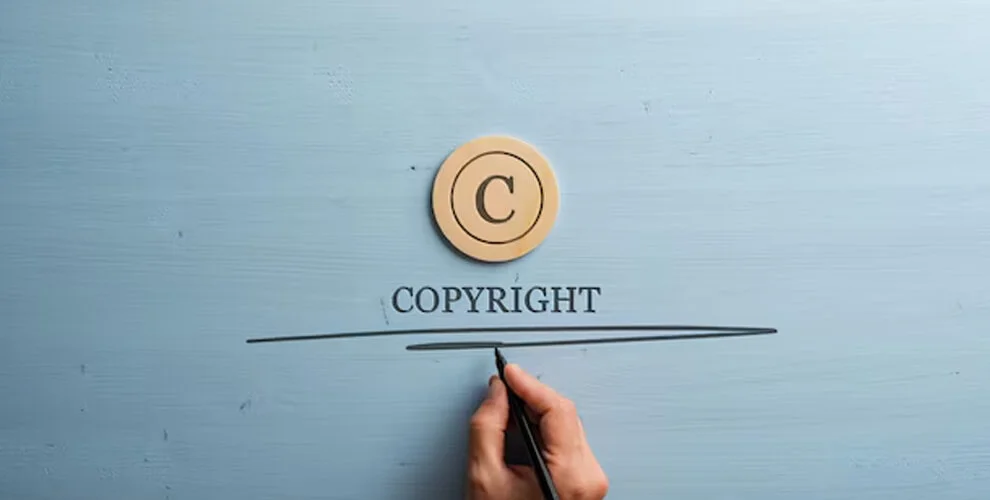If you are an artist, writer, software developer, or business owner in Nepal, copyright is one of your most valuable assets. Whether you sell your creative work, license your software, or give permission to another company, it’s important to understand how copyright transfer and licensing work in Nepal.
In this guide, We will explains the legal process, required documents, and main differences between transferring and licensing copyright.

What is Copyright?
Copyright is a legal right that protects your original work and gives you control over how it is used. It applies to:
- Books, articles, and other written works
- Music, movies, and videos
- Software and applications
- Photos and artwork
- Website content and blogs
In Nepal, copyright is protected under the Copyright Act, 2059 (2002).
What is the Difference Between Copyright Transfer and License?
| Feature | Copyright Transfer | Copyright License |
|---|---|---|
| Ownership | Full ownership moves to another person or company | Ownership stays with the creator |
| Rights | The new owner can use, sell, or modify the work | The user can only use the work as agreed |
| Duration | Usually permanent | Can be limited by time or purpose |
| Example | Selling your book rights to a publisher | Allowing someone to use your music in a video |
How to Transfer Copyright in Nepal
Follow these steps to transfer copyright legally:
Step 1: Prepare a Copyright Transfer Agreement
The agreement should include:
- Details of both parties
- Description of the work (for example: book title or software name)
- Date of transfer
- Payment or fee (if any)
- Signatures of both parties
📄 Tip: The agreement must be in writing to be legally valid.
Step 2: Notarize the Agreement
Get the transfer agreement notarized by a licensed notary public in Nepal.
Step 3: Register with the Copyright Office
Registration is not required, but it is recommended.
It provides strong legal proof of the transfer.
You’ll need:
- Application form
- Notarized transfer agreement
- Citizenship copies of both parties
- Work samples (for example: manuscript, image, or software file)
How to License Copyright in Nepal
Licensing means giving someone permission to use your copyrighted work without giving up ownership.
Step 1: Draft a Copyright License Agreement
Include these details:
- Scope of use (how the work can be used)
- Duration of the license
- Payment or royalty (if any)
- Area of use (for example: Nepal or worldwide)
- Whether it’s exclusive or non-exclusive
Step 2: Notarize the Agreement
Like a transfer, it’s best to notarize the license agreement.
Step 3: Register the License with the Copyright Office
Registering your license with the Copyright Office adds extra legal protection.
Documents Required
For both transfer and license:
- Citizenship copies of both parties
- Notarized agreement
- Description or sample of the copyrighted work
- Passport-size photos
- PAN or VAT registration (for business transactions)
Where to Register Copyright in Nepal?
You can register or submit applications at:
Copyright Registrar’s Office
Ministry of Culture, Tourism and Civil Aviation
Singha Durbar, Kathmandu, Nepal
📞 Phone: 977-1-4539305, 4539309, 4525497
🌐 Website: nepalcopyright.gov.np
📧 Email: [email protected]